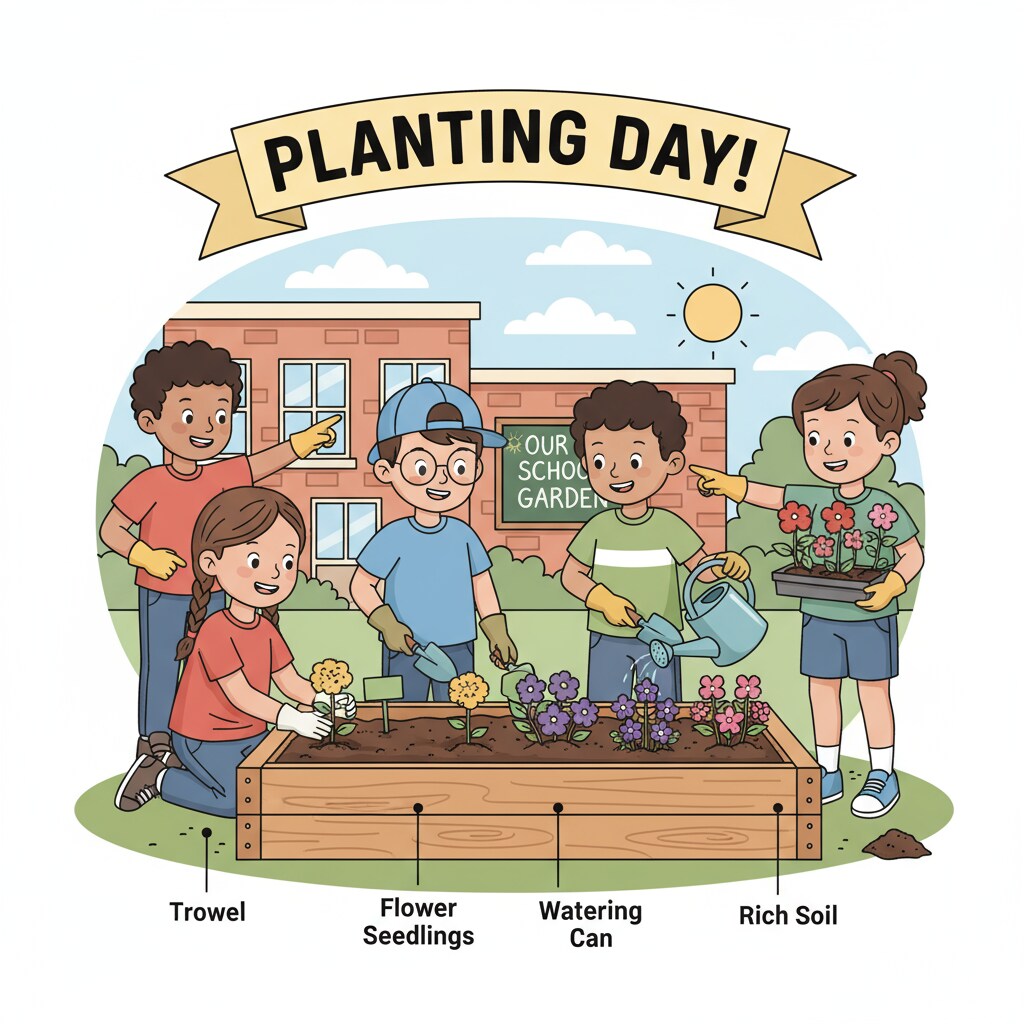School gardens, a remarkable avenue for practical education and interdisciplinary learning, have the potential to revolutionize the way students engage with knowledge. These green spaces within the school premises are not just patches of land filled with plants; they are vibrant hubs of learning that bridge the gap between theory and practice.

The Multifaceted Value of School Gardens
School gardens offer a wealth of benefits. Firstly, they provide a hands-on environment for academic learning. For example, in science classes, students can observe plant growth cycles, learn about soil composition, and study the interaction between plants and insects. This practical experience deepens their understanding of scientific concepts. Environmental education on Wikipedia further elaborates on how such experiences contribute to students’ ecological awareness.
In addition, school gardens foster the development of social skills. Working together in the garden, students learn to cooperate, communicate, and share responsibilities. They build relationships with their peers and teachers in a relaxed, outdoor setting.
Health and Well-being through School Gardens
These gardens also play a crucial role in promoting health awareness. Students can learn about the nutritional value of different plants as they grow their own fruits and vegetables. This knowledge encourages them to make healthier food choices. Moreover, the physical activity involved in gardening, such as digging, planting, and watering, contributes to their overall physical fitness. Health education on Britannica highlights the importance of such initiatives in schools.
Furthermore, being in a garden has a calming effect on students. The exposure to nature reduces stress and anxiety, creating a positive impact on their mental well-being.

Even with limited resources, starting a school garden project is feasible. Simple steps like identifying a small plot of land, gathering basic gardening tools, and sourcing seeds or seedlings can get the project off the ground. Local nurseries or community organizations may be willing to donate resources. Teachers can also integrate garden activities into the curriculum, making the most of this valuable educational asset.
In conclusion, school gardens are powerful tools for practical education and interdisciplinary learning. By unlocking their potential, we can provide students with a holistic learning experience that nurtures their academic, social, and personal development.
Readability guidance: The content uses short paragraphs and lists to summarize key points. Each H2 section has a list-like structure. The proportion of passive voice and long sentences is controlled, and transition words are used throughout for better flow.


